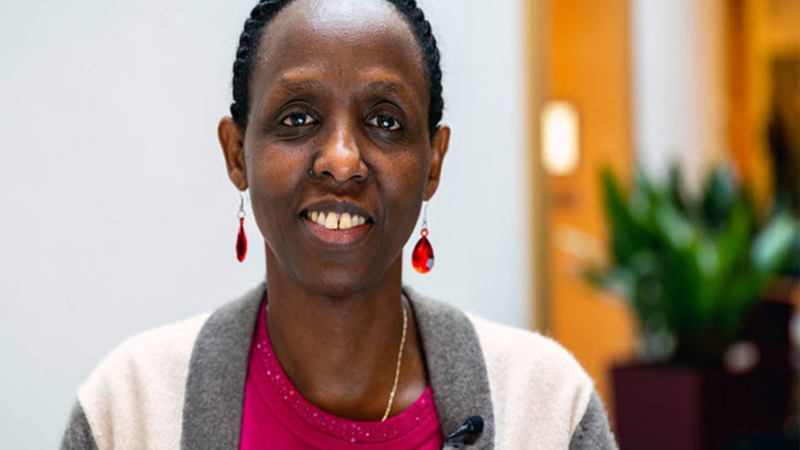UN SDG
Dr. Agnes Kalibata: Sustainable Agriculture Advocate
When it comes to building a healthier and more sustainable future, few people have made as much of an impact as Dr. Agnes Kalibata. As a renowned agricultural scientist, policymaker, and advocate for nutrition and food security, Dr. Kalibata has spent decades working to improve the lives of people in her home country of Rwanda and around the world.
After growing up in an Ugandan refugee camp with her Rwandan parents, Dr. Kalibata earned a degree in agricultural sciences from Makerere University in Uganda and then went on to complete a PhD in entomology at the University of Massachusetts Amherst. However, it was her work in Rwanda’s Ministry of Agriculture that really put her on the map.
Breaking Down UN SDG 3: Good Health and Well-Being
The United Nations’ Sustainable Development Goal 3 (SDG 3) aims to ensure healthy lives and promote well-being for all. From reducing maternal and child mortality to combating infectious diseases, SDG 3 encompasses a wide range of health-related issues that are essential for building a sustainable planet.
In this infographic, we will delve deeper into the specific targets of SDG 3 and examine the progress made so far in achieving them. Join us as we explore the importance of good health and well-being, and the steps we can take to make it a reality for everyone.
Earth Day & Public Health: Unavoidably Connected
Each year on April 22nd, people and nations around the world celebrate Earth Day to raise awareness and promote action toward environmental protection and sustainability. Activities typically include community clean-ups and educational campaigns designed to promote sustainability in daily life.
The origins of Earth Day date back to the 1960s and a decade of growing enviro-consciousness brought about by the publication of Rachel Carson’s Silent Spring and a series of environmental disasters that climaxed with a devastating oil spill off the coast of California in 1969. Gaylord Nelson, a U.S. Senator from Wisconsin, organized the first Earth Day in 1970, when an estimated 20 million Americans took part in organized activities ranging from tree plantings to beach cleanups and teach-ins on college campuses.
Since those humble beginnings, Earth Day has become a global event – but amidst the tree plantings and landscape revitalization lies a subtle and yet direct connection between Earth Day and Public Health. Just as we depend on the natural environment for our survival, civilization creates and shapes a social and economic environment that greatly influences the health and well-being of our species.
Eight Trends Shaping Global Healthcare
The challenges faced by the global health and healthcare sector are set to continue in the future. The near-term issues include worsening mental health, healthcare workforce shortages, supply chain issues, climate change-related challenges and macroeconomic instability. The longer-term challenges include growing demand for services, an increasing funding gap, a lack of incentives for innovation, widening disparities in overall health and wellness, and variable access to advanced therapies.
As we approach World Health Day on 7 April, here are eight current global health and healthcare trends we need to contend with as we aim to transform systems to become more sustainable, resilient and equitable.



